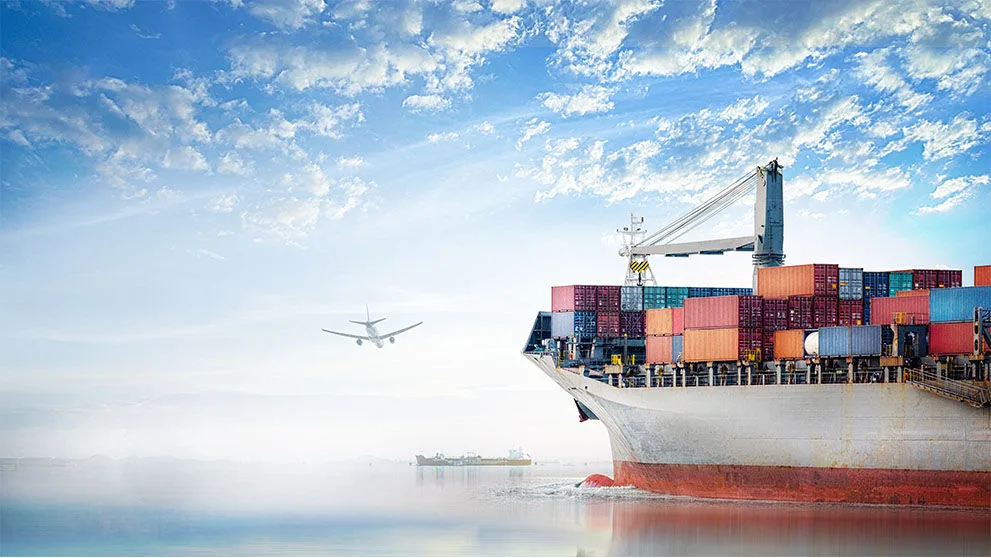The impact of the US tariffs
Recently, the United States has introduced a series of new tariffs and import duties, many aimed at imports from China, the European Union, and Canada. These rapid policy shifts have created added pressure for foreign SMEs that often lack the financial cushion and operational flexibility of larger corporations.
The US rolled out policy changes quickly, with minimal lead time, leaving SMEs scrambling to adapt while trying to meet US expectations for fast and reliable delivery.
Ongoing trade disputes have increased international shipping costs, particularly along major trade lanes between Asia and the U.S. Some exporters have had to reroute goods, manage more complex customs clearance procedures, or deal with port delays. These disruptions can lead to higher expenses, like demurrage, warehousing fees, and other unplanned logistics costs.
Who will end up covering these increased costs? Most SME’s can’t realistically absorb the costs, but passing them on to customers can make their products less competitive. It’s no surprise, then, that this period has been deeply concerning for many businesses, but SMEs can still take steps to navigate these new challenges effectively.






























